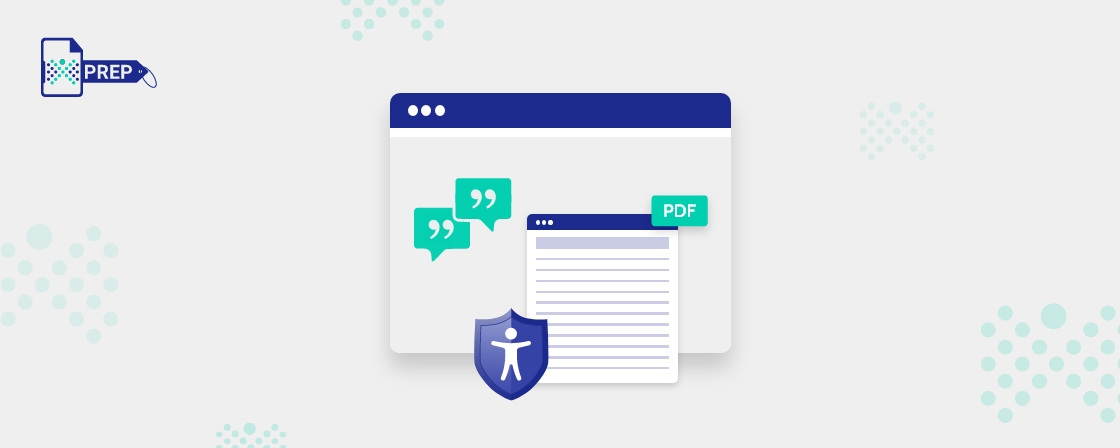Why Does Plain Language Matter?
Using plain language is crucial for ensuring that written materials are accessible and understandable to all audiences. By using simple vocabulary, short sentences, and clear formatting, authors can ensure that their message is conveyed accurately without requiring readers to decipher complex language or syntax. One important area where plain language is particularly critical is the creation of accessible PDF documents. Many individuals rely on assistive technologies such as screen readers or Braille displays to access digital content. These tools require content to be structured in a specific way to ensure that they can accurately interpret the text and represent the document’s contents.
- Making the content more accessible to a wide variety of audience
- Allowing people to receive and understand instructions more accurately
- Lessening the time followed by explaining a matter to someone
How to Use Plain Language for Accessible PDFs
- Use words that are used every day: Try to fit your language based on the context and audience. Imagine you are in an everyday conversation with the readers who access your digital content. Hence, try to use words that we use in daily contexts. Provide full forms for abbreviations.
- Write short sentences: Another way to make your PDFs accessible is by including shorter and simplified words like happy instead of gratified. Even adding shorter sentences helps to make the language simpler. People don’t like reading long and never-ending sentences. Give them a break by including a full stop.
- Avoid noun cluster: Including a group of nouns or creating a sandwich of nouns together can drop the readability of a text. Ideally, using more than three nouns together is not recommended. So, make sure you keep this tip in mind for creating accessible PDFs.
- Prefer using active voice over passive voice: Active voice is preferred for writing plain language to make PDFs accessible. It’s more direct, engaging, and easier to understand, and it clearly identifies who is doing what action and avoids ambiguity or confusion arising from passive constructions. It also tends to be shorter than its passive counterparts and is less likely to contain unnecessary words that can confuse readers.
- Use present tense: The use of present tense is crucial when it comes to creating accessible PDFs. Using present tense in plain language writing ensures that readers can comprehend information easily, which is particularly important for people with cognitive or learning disabilities. It can make instructions seem clearer and more actionable by providing specific details that are easy to follow.
- Split your content: Writing in plain language is an essential tool for enhancing the accessibility of PDFs and encouraging inclusivity. Divide the content into manageable units helps readers with different reading abilities follow along more quickly. This allows readers to process each section without feeling overwhelmed or lost amidst a sea of words. It also makes it easier for those who use assistive technologies such as screen readers or text-to-speech software.
- Keep paragraphs short: Adding only one idea in one paragraph helps make the paragraph compact, concise, and clear. This avoids making the one section overwhelming to understand for individuals with cognitive disabilities or for people who find it difficult to understand, making the PDF accessible.
Conclusion
By implementing these strategies, you can ensure everyone has equal access to information and resources. Further, you can even use a PDF accessibility checker to know whether your document is accessible to everyone.
Transform with Affordable Document Remediation
Experience top-tier PDF remediation powered by AI, delivering unmatched quality, precision, and scalability, all at a fraction of traditional time and cost.
